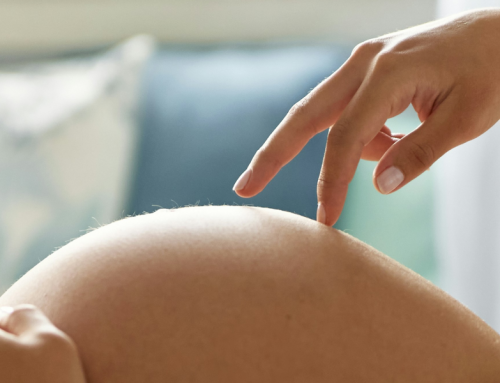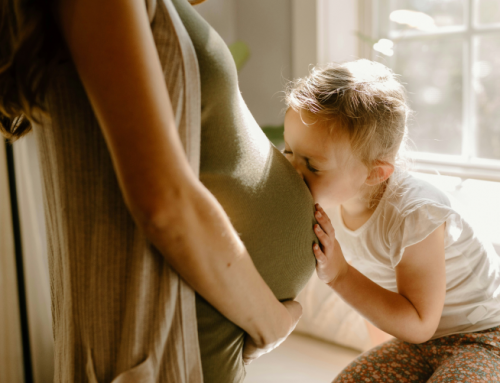Being able to identify the many situations that lead to a reduction in fertility offers greater guarantees at the time of conceiving
Will I experience fertility problems? That is the question that we ask ourselves when, after months and months of trying, the test continues to be negative. After one year of failing to become pregnant most couples decide to consult a specialist. Some signs are easy to identify and indicate a situation that may lead to a low fertility rate. In some cases, this problem can be solved. Below is a description of some of these signs.
The type of menstruation may be important
Painful menstruation may be a sign of endometriosis. Endometriosis is a pathology that affects the ovarian reserve and in severe cases, it alters the pelvic anatomy, making gestation difficult.
Painful, abundant menstruation may indicate the existence of benign tumours on the wall of the uterus, known as uterine fibroids. If they are located inside the uterine cavity (submucosal fibroids) they may make it difficult to conceive.
The presence of irregular menstruation, especially if very long —those considered regular usually last between 25 and 35 days, with an average of 28 days— may be a sign of polycystic ovary syndrome. This condition causes a hormonal alteration that prevents ovulation and thus, pregnancy. This situation may also arise in the case of developing acne and hirsutism (excessive hair growth in certain parts of the body).
Amenorrhea or the absence of menstruation also prevents gestation. It is often due to the menopause, but on occasions it is the result of hormonal alterations that can be corrected with the appropriate medical treatment. This is the case for women with a low weight or in situations of thyroidal dysfunctions.
Age is a key factor
Although a woman’s age is not per se a sign of infertility, we should remember that over the years, a woman’s fertility is considerably reduced. The ovarian reserve –the number of eggs a woman has from birth- is reduced with time. Specifically, from the age of 35 a woman’s chances of becoming pregnant start to rapidly decrease. Therefore you should remain particularly attentive to these signs if they start to occur from that age.
On the other hand, in the specific case of having suffered an episode of pelvic inflammatory disease or salpingitis (infection and inflammation of the fallopian tubes) tubal adherences and occlusion may occur. If both tubes are blocked, natural fertilization is not possible and it will be necessary to opt for in vitro fertilisation.
Signs of low fertility in men
In men it is more difficult to observe the indirect signs of potentially low fertility levels. However, it should be said that the visible presence of swollen veins around the scrotum —known as varicocele— may alter the correct production of sperm. On the other hand, having a history of cryptorchidism —testicles which have not descended at birth corrected late in life— may also be related to a reduction in the quality of the semen and thus greater difficulty in conceiving.
In any case, if you have or think you may have any of these signs, we recommend that you consult your doctor or gynaecologist. They will tell you whether you need the help of a team of specialists, like for example, the personnel of Eugin Clinic.





